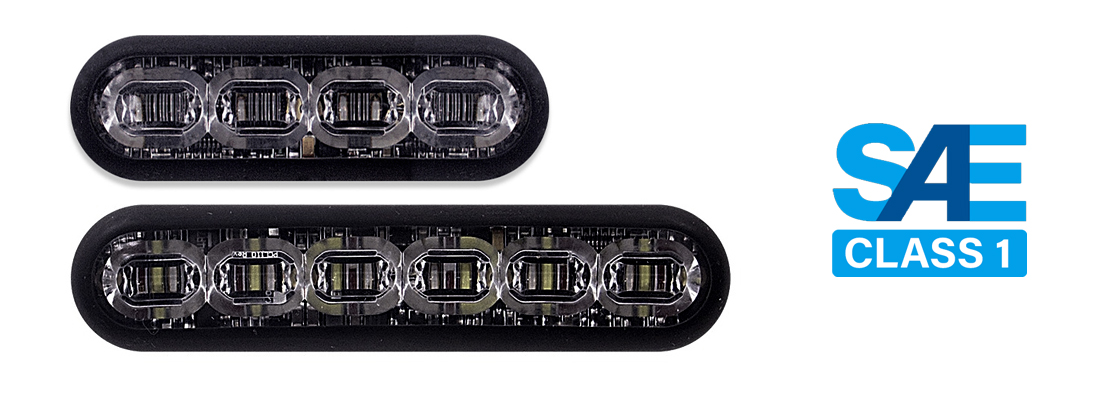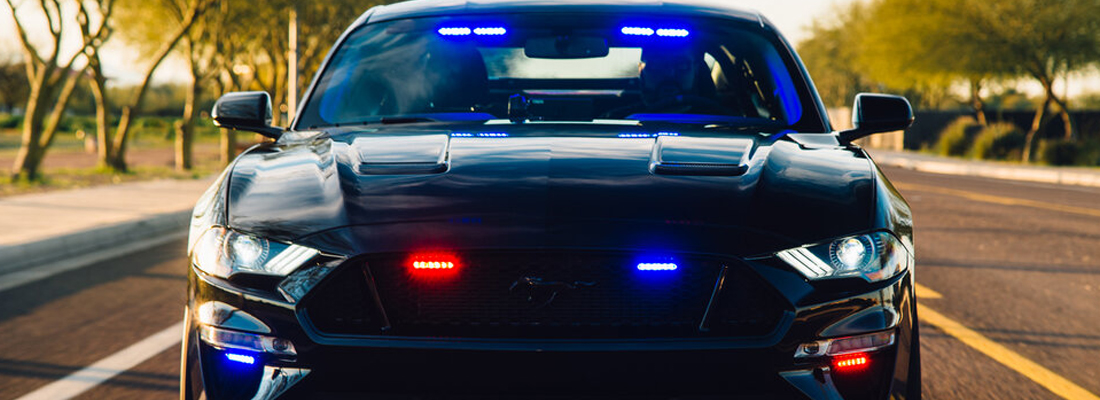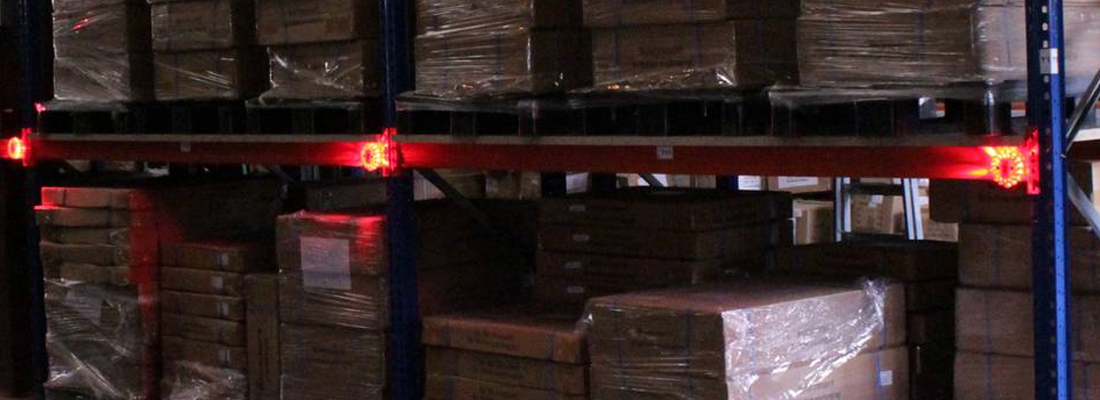
Not all warning lights are made the same. Seems odd that we would feel the need to clarify this but we see it day in and day out. At the risk of stating the obvious, the vast majority of consumers buying LED Warning lights use them in a professional context ie, used within a workplace setting, and as such need to ensure that everything is done to provide as much safety as possible. All Authorized roadside vehicles require Class 1 compliant warning lights. This is to ensure motorist and pedestrians are alerted to the responding vehicles as well as any possible danger that can be posed by the emergency situation.

Pictured: SAE Class 1 MPOWER FASCIA's SoundOff Signal
The Society for Automotive Engineers (SAE) has established a standardized classification system for vehicle warning lights. This system is called SAE Class and there are three levels: Class 1, Class 2, and Class 3. Before we explain the differences between the three classes, let’s begin by understanding how SAE Class is determined.
SAE Class is determined using the SI unit of measurement, Candela. Candela (cd) is a quantifiable measurement of brightness and refers to the intensity of a single beam of light in a particular direction. The SAE relies on candela to create its class rankings because automotive warning lights typically use concentrated beams of light to alert oncoming traffic of potential danger or hazard. Using another unit of measurement, like lumens for incandescent bulbs, would be ineffective since lumens represents the total area illuminated by a light, rather than the distance from which the light can be seen. Imagine a standard incandescent light bulb with a high lumen value placed on top of an ambulance. Though it would successfully light up the area around the ambulance, it would likely do very little to alert distant vehicles of an emergency. However, when an ambulance uses a focused beam of light with a low lumen value but high candela value, the light can be seen from miles away. Simply put, the larger the candela value, the greater the intensity and visibility of a light over extended distances.
 |
SAE Class 1 Warning Lights SAE Class 1 Warning Lights are used for public road use such as emergency response vehicles, traffic controllers, and roadside assistance to name just a few. SAE Class 1 lights are 4 times more intense than SAE Class 2 lights and 10 times more intense than SAE Class 3 lights. Good examples of Class1 Lighting is our entire SoundOff Signal Range |
|||
| SAE Class 2 Warning Lights SAE Class 2 Warning Lights were commonly used in the past on service-related vehicles moving at or below the speed of traffic. Although in today's market SAE Class 2 warning lights are generally seen as an absolute minimum requirement for Worksites across Australia. SAE Class 2 lights are approximately 2.5 times as bright as SAE Class 3 lights. It's important to note that vehicles that are roadside or are required for traffic control must be using SAE Class 1 and not SAE Class 2 warning lights. |
 |
|||
 |
SAE Class 3 Warning Lights Because SAE Class 3 Warning Lights have the lowest light intensity of the three SAE classes, they are typically used inside of buildings where there is little or no ambient sunlight. Class 3 warning lamps may be used on forklifts, specialized machinery, or for an attention-grabbing effect at trade shows and indoor events. This rating should never be used outdoors in a workplace or ever used roadside. Most cheaper LED Warning lights found on the marketplaces such as less than reputable sellers or the cheap options found on eBay, Amazon, or Aliexpress as the majority of these fall within the SAE Class 3 spectrum. This is incredibly dangerous if used on a vehicle for road use. |
We recommend that you consult with your local jurisdiction to determine which classification of lights is appropriate for your application.
|
FREE TO JOIN Membership is FREE, Members Save big for nothing |
|
DON’T PAY RETAIL Members have site-wide pricing discounts on all products! |
|
MEMBER ONLY SALES Member only sales with up to 75% OFF and exclusive Member only giveaways |
|
MEMBER UPDATES Members will be updated on new and upcoming sales before anyone else |
Follow us on Social Media